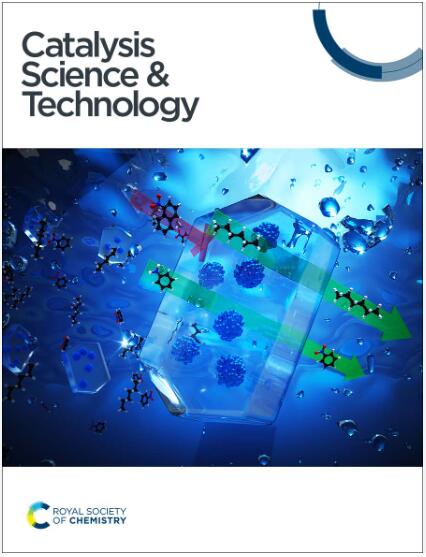Recent progress and perspective of electrocatalysts for the hydrogen evolution reaction
IF 4.4
3区 化学
Q2 CHEMISTRY, PHYSICAL
引用次数: 0
Abstract
Electrocatalytic water splitting represents a highly promising technology for the sustainable production of clean hydrogen fuel. The primary focus of research in this domain revolves around the development of efficient electrocatalysts for the hydrogen evolution reaction (HER), with the objective of minimizing the energy barrier and overall energy consumption associated with the HER process, thereby significantly reducing the overall electrical energy usage. This article initially presents a comprehensive overview of the fundamental principles underlying electrocatalytic HER, encompassing its reaction mechanism and the pertinent parameters employed for evaluating the performance of HER electrocatalysts. Following this, the article explores an in-depth exploration of the diverse range of catalysts that are commonly employed in the field of electrocatalytic HER, such as metals, oxides, sulfides, selenides, carbides, phosphides, nitrides, borides, single-atom catalysts, and carbon-supported catalysts. Particular attention is devoted to discussing the unique preparation techniques, structural characteristics, performance attributes, and the corresponding mechanistic insights pertaining to these catalysts. Lastly, this article delineates the future trajectories for the advancement of HER electrocatalysts and undertakes an analysis of the challenges that lie ahead. The primary aim of this review is to serve as a valuable reference for future research and development endeavors in the realm of HER electrocatalysts, thereby fostering the widespread adoption of water electrolysis technology.

氢气进化反应电催化剂的最新进展和前景
电催化水裂解是一种极具发展前景的清洁氢燃料可持续生产技术。该领域的主要研究重点围绕着析氢反应(HER)的高效电催化剂的开发,目标是最大限度地减少与HER过程相关的能量垒和总体能耗,从而显著降低总体电能使用量。本文首先全面概述了电催化HER的基本原理,包括其反应机理和用于评价HER电催化剂性能的相关参数。在此基础上,本文深入探讨了电催化HER领域常用的各种催化剂,如金属、氧化物、硫化物、硒化物、碳化物、磷化物、氮化物、硼化物、单原子催化剂和碳负载催化剂。重点讨论了这些催化剂的独特制备技术、结构特征、性能属性以及相应的机理见解。最后,本文描述了HER电催化剂的未来发展轨迹,并对未来的挑战进行了分析。本文综述的主要目的是为今后HER电催化剂领域的研究和开发提供有价值的参考,从而促进水电解技术的广泛应用。
本文章由计算机程序翻译,如有差异,请以英文原文为准。
求助全文
约1分钟内获得全文
求助全文
来源期刊

Catalysis Science & Technology
CHEMISTRY, PHYSICAL-
CiteScore
8.70
自引率
6.00%
发文量
587
审稿时长
1.5 months
期刊介绍:
A multidisciplinary journal focusing on cutting edge research across all fundamental science and technological aspects of catalysis.
Editor-in-chief: Bert Weckhuysen
Impact factor: 5.0
Time to first decision (peer reviewed only): 31 days
 求助内容:
求助内容: 应助结果提醒方式:
应助结果提醒方式:


